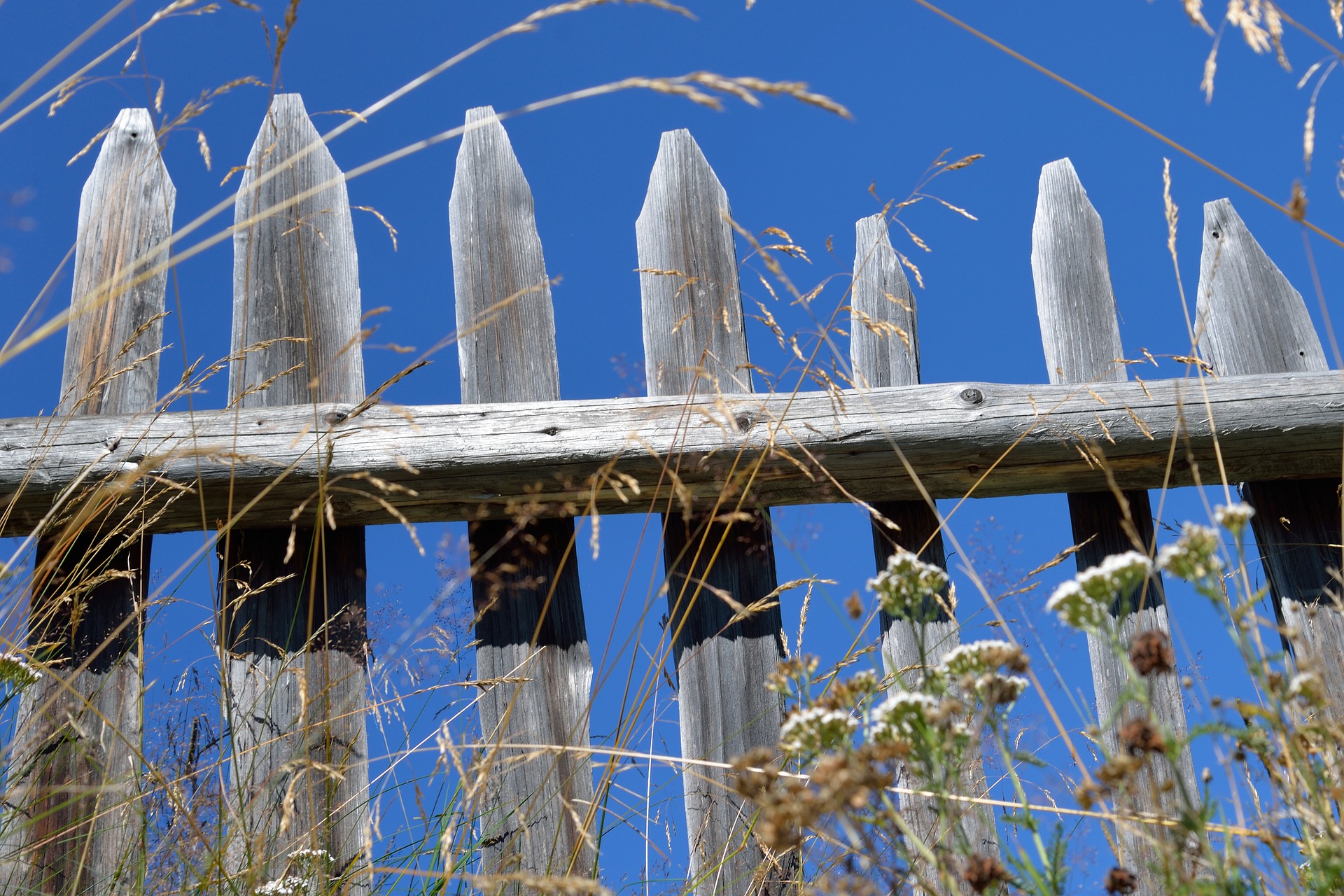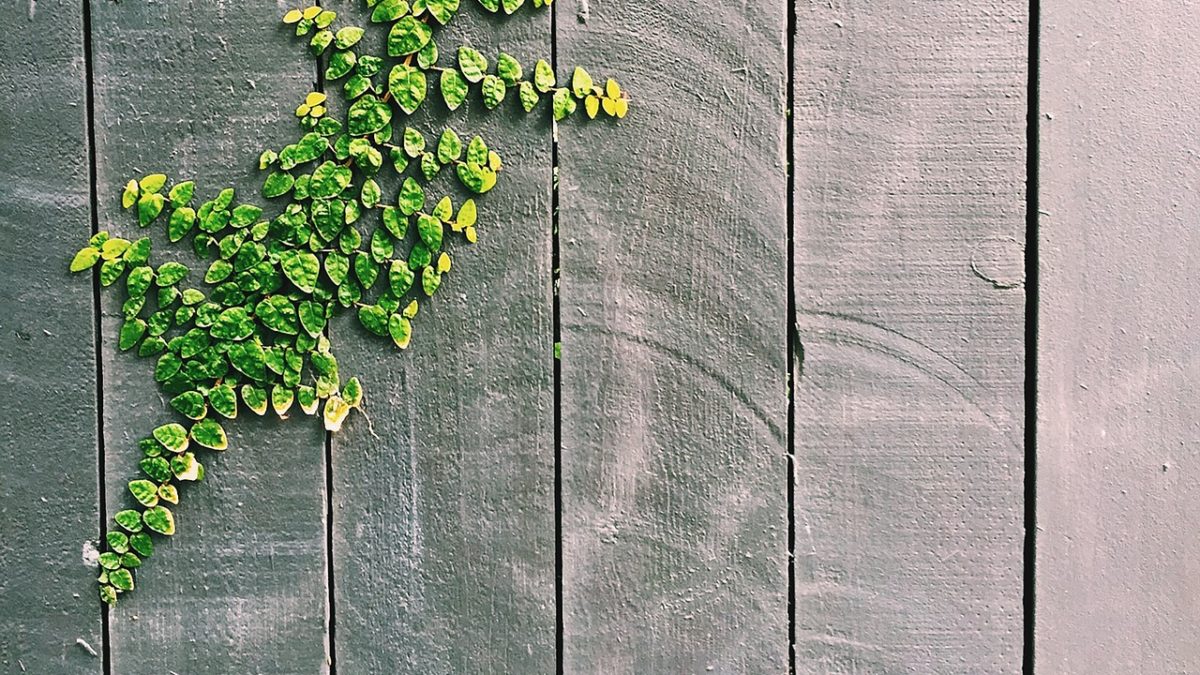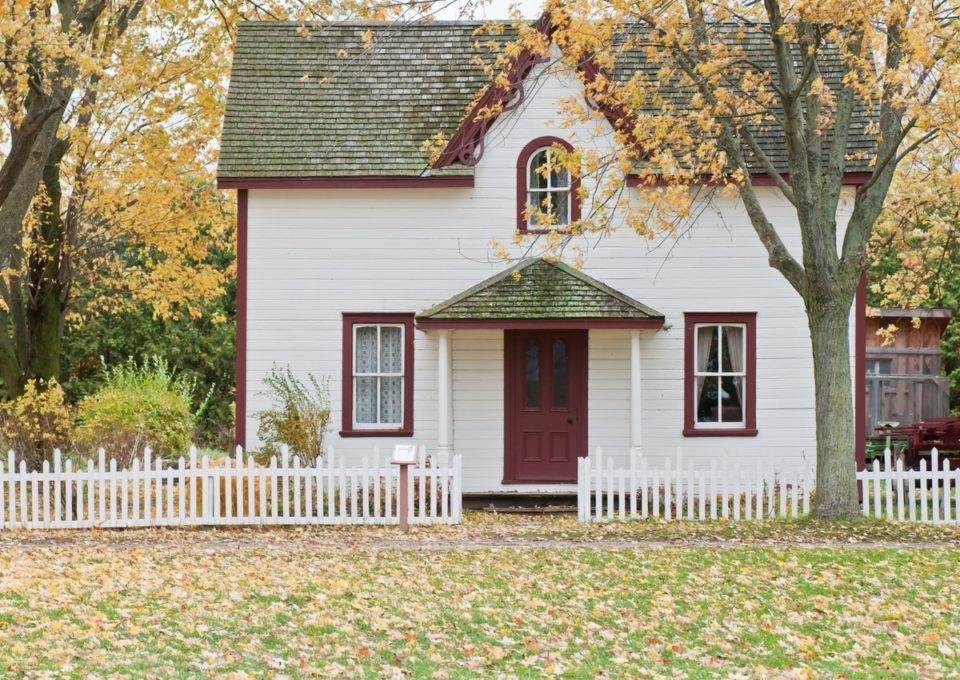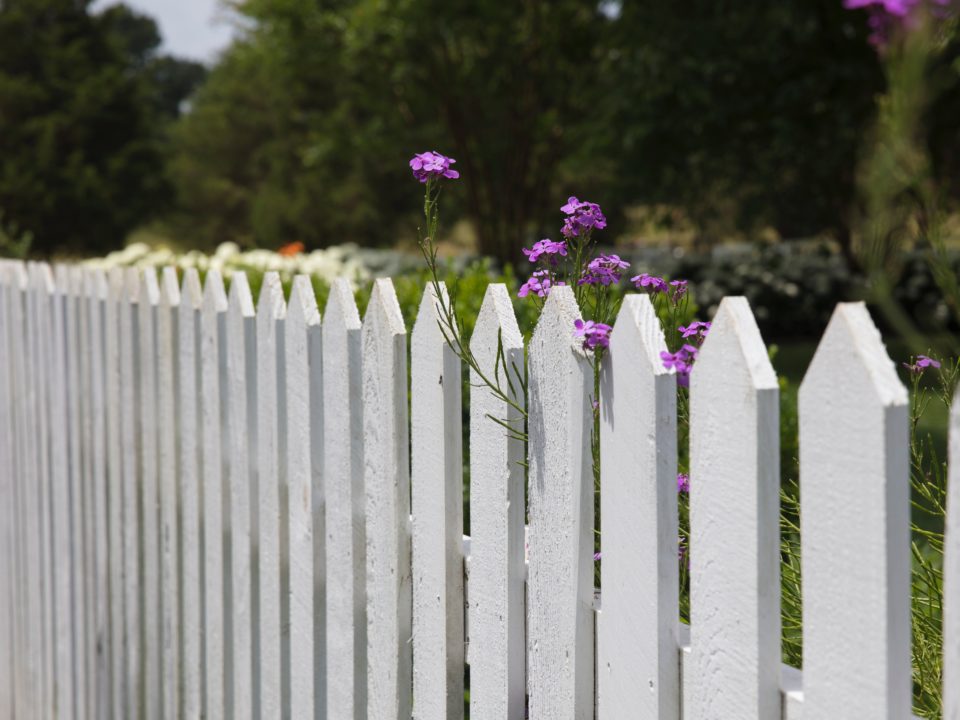
3 Benefits of a Dog Kennel
August 23, 2019
4 Common Fence Problems
August 23, 2019If you have a fence that has been installed on your property, you might be considering growing some fence-friendly vines around it. Structures that are covered in vines can add a beautiful and intriguing design element to your property. They will make your fencing look better and also provide you with even more privacy from your neighbors. However, there are some vines out there that will end up causing serious damage to your fencing. You need to consider a few important things before you make your decision to add fence-friendly vines into the equation. A vine is a very resourceful plant that will grow up on structures to soak up the sun and hold on tight. Make sure your fence is a suitable material to support living vines before you begin. Below, we will walk you through a few important considerations for those homeowners and property owners that are looking to grow fence-friendly vines on their fences.
1. Know What Types of Vines to Stay Away From
There are certain types of vines that you should avoid at all costs around your fence. The most common types of vines that will destroy your fence are fast-growing vines, woody vines, and invasive species of vines. These types of vines can certainly be beautiful, but you could be putting your fence in a position of receiving significant damage if you allow these types of vines to take over. Woody vines like wisteria or trumpet vines will spread all over your fencing. The issue with woody vines is that they will hold excess moisture against the wood on your fence. You will have to deal with things like rot and insects if you allow a woody vine to grow. These types of vines can also lead to cracks in your fencing due to their heavy growth. Invasive species compound the problems of woody vines. You will have to take out invasive vines with a vine-killing chemical that can damage the plants you actually want on your property.
2. Find Fence-Friendly Vines
Now that you know a little bit about what vines to stay away from, you should start seeking out the vines that your fence can support. If you have a wooden fence, you should go with annual non-woody vines. They won’t damage or crack your wood and can add some vibrant colors to your fencing when they bloom. Vinyl fences can support heavier vines that will climb up the fence and provide you with some extra privacy.
3. Treat Your Vines Well
If you decide to pursue fence-friendly vines, you should treat them well and make sure they get the amount of sunlight and space they need to thrive. The last thing you want is a vine that is dying on your fence and detracting from the aesthetics of your yard. Don’t forget to check on the type of vine you are bringing into your fence area!
We hope this article has provided you with some valuable information about adding vines into your fence area. Reach out to Fence Craft of Upland if you have any questions about fences or fence installation.




